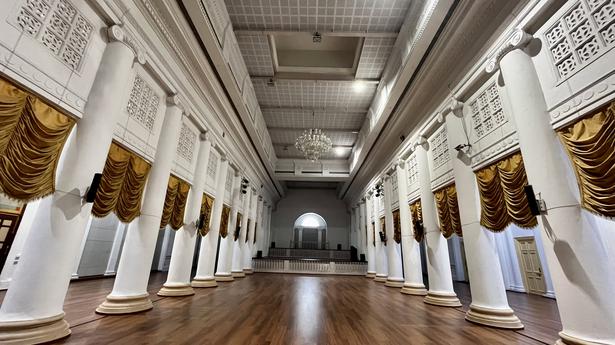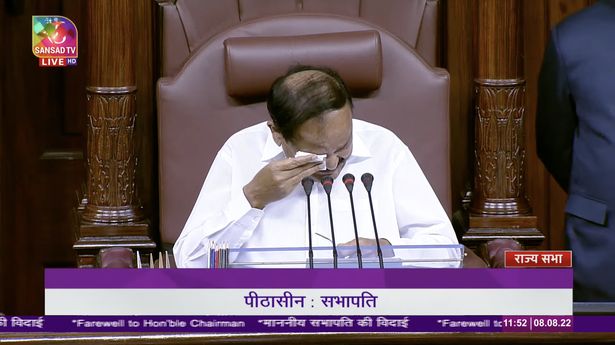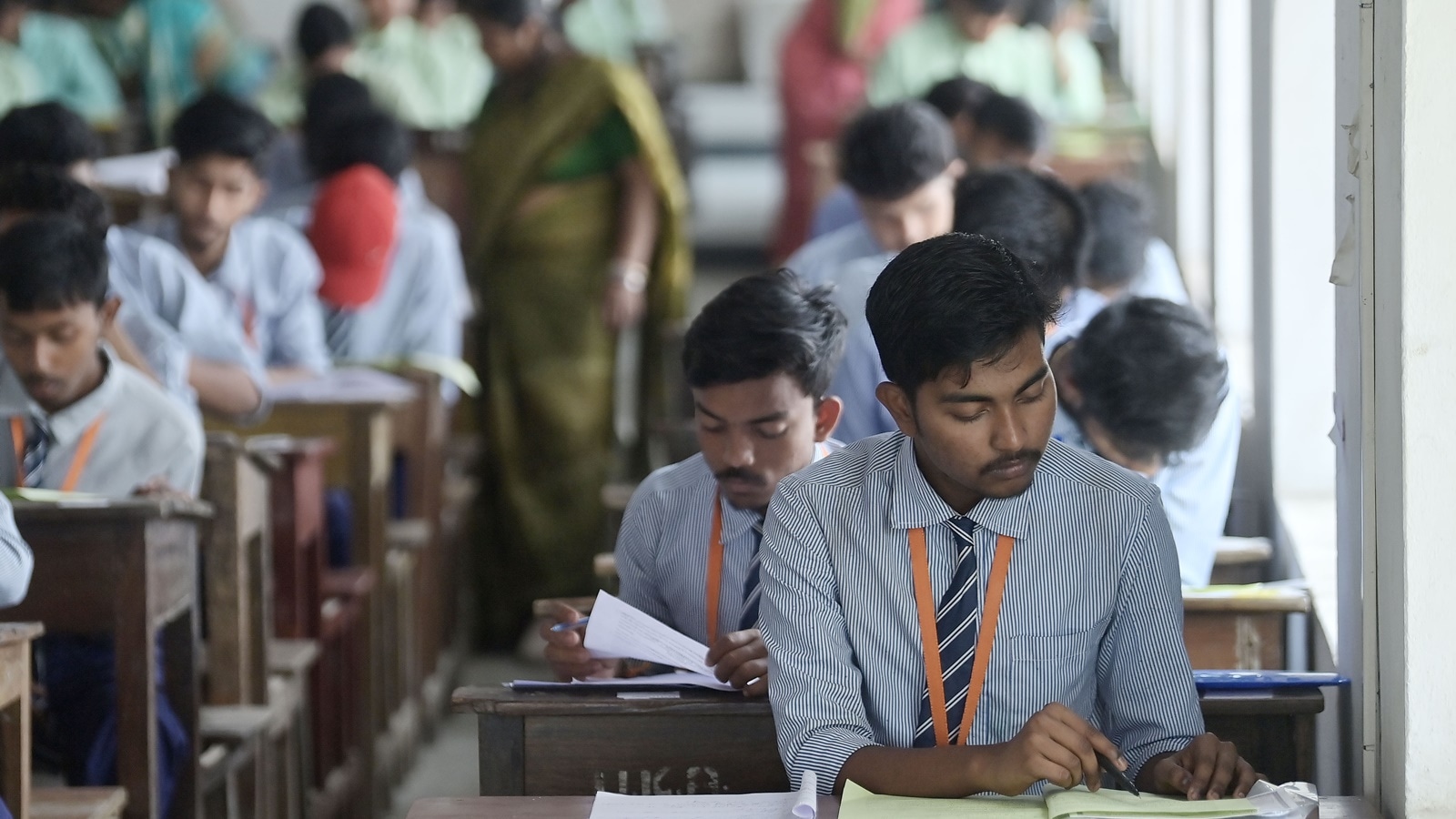Kolkata’s Town Hall, where the swadeshi movement formally began and which had a strong association with the Indian nationalist movement, will be opened to public soon
Kolkata’s Town Hall, where the swadeshi movement formally began and which had a strong association with the Indian nationalist movement, will be opened to public soon
Built in 1813 — six years before Queen Victoria was even born — the imposing Town Hall overlooking the Hooghly River is among the oldest colonial structures in Kolkata, but most often overlooked by visitors to the city with a taste for history.
That is because the building has hardly been open to the public as a historical monument: it has either been in use or in a state of disuse. But the handsome Roman-Doric building might soon figure in the itinerary of tourists and heritage walkers. . In May this year, West Bengal Chief Minister Mamata Banerjee inaugurated the renovated structure, and work for the construction of a museum on the ground floor of the two-storey building is set to begin soon.
The museum and resource centre is being put in place by IIT-Kharagpur, under the supervision of Joy Sen, a professor of architecture and regional planning at the institute. “The museum could take another year or so,” says a State Government official.
To say that the hall is imposing — from outside as well as inside — is an understatement; its stateliness gets enhanced when you think of the personalities who’ve climbed its steps and whose voices have been heard here.
Built with ₹ 7 lakh raised from a public lottery, to provide the Europeans with a place for social gatherings, the Town Hall initially served as a venue for balls, dinners and felicitations. Then, meetings began taking place and voices were heard. It was at the Town Hall that a call for the swadeshi movement was formally made for the first time, at a meeting headed by Surendranath Banerjea in 1905.
Significant events
Long before that, in 1823, Raja Rammohan Roy had hosted a dinner here to celebrate the establishment of the federal government in Spain. In 1823, many prominent Indians gathered here under Dwarkanath Tagore to protest against a restrictive Press ordinance promulgated by the British Government. In 1836, the hall was used by British-born subjects to protest against the law that brought them under civil jurisdiction. In that meeting, Dwarkanath Tagore reportedly said, “They (government) will not raise the natives to the condition of the Europeans, but they degrade the Europeans by lowering them to the state of the natives.”
The building, which came under the Calcutta Municipality (and later Corporation) in 1867, served as the venue for the last two days of the second session of the Indian National Congress in 1886. In 1894, Annie Besant delivered a lecture here, titled India’s Mission in the World.
The last decade of the 19 th century saw many other important events : from citizens rejoicing Swami Vivekananda’s address in Chicago, scientist Jagadish Chandra Bose demonstrating his experiments with electric waves, to Rabindranath Tagore making a forceful speech against a sedition bill introduced by the British to silence the growing criticism of the government.
Tagore returned here several times: to be a part of the meeting that decided on setting up what became the Jadavpur University, and to be felicitated on his 50 th and 70 th birthdays. Mahatma Gandhi, too, was felicitated here, in 1921.
The majestic Town Hall rich in history but lying in neglect
| Photo Credit: Bishwanath Ghosh
After Independence, the building became a victim of neglect.
“It was around 1995 that restoration was first undertaken, with ₹ 1.35 crore raised from the auction of some paintings of artist Bikash Bhattacharjee. But a proper restoration — a seismic restoration — began only in 2017, carried out by the PWD in consultation with IIT-Roorkee. It took about two years and cost ₹ 30 crore. “Historically, this is a very important building and we hope it will finally get the public attention it deserves,” says the official.







